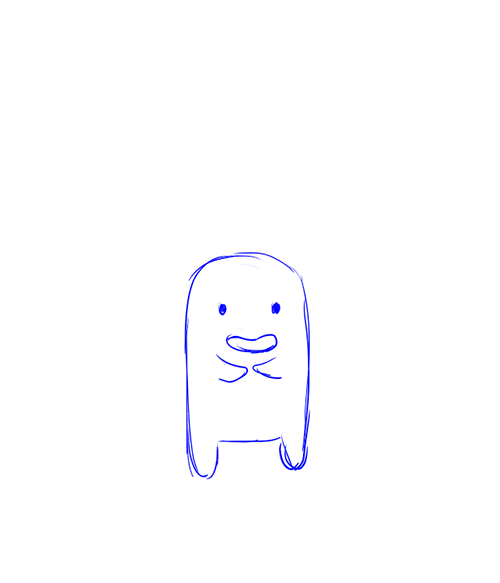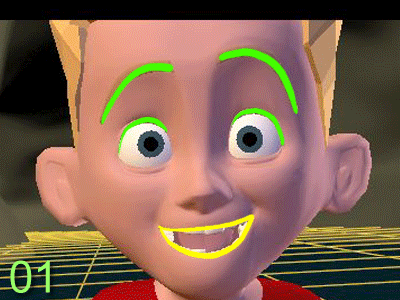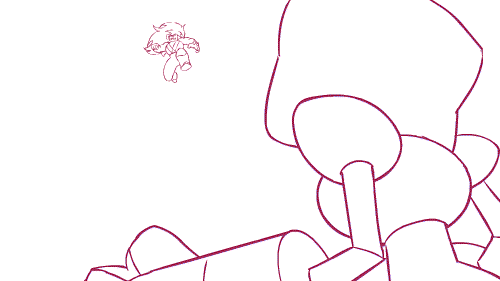Animation consists in an image sequence that gives de ideia of movement.
Looks simple, but it's not. That's why I'm going to talk about Animation Concepts, by Disney.
Animation Concepts
There are 12 basic fundamentals estabilished by Walt Disney as essential for making an animation. Let's go...
1- Squash and Stretch
No doubts, the most important concept. A character's face gains more life when it's shape change during the movements.

Here's a cute character showing clearly the change of the shape, but we see this a lot of times unaware.

2- Anticipation
When watching a cartoon, people won't understand what's happening if there's not a sequence of actions that guide clearly a action to another.
People should be expecting for the next movement.
Think in a baseball or a soccer player. All of them anticipate the movement in the opposite direction before give the shot.
3- Staging
It's based on showing the action in a clear way to the spectator.
A action have a good "staging" when the movement is clear and visible.
A action have a good "staging" when the movement is clear and visible.
A good way to get a good "staging" is using silhouettes.
4- Straight Ahead Action and Pose to Pose
 |
| Pose to Pose |
 |
| Straight Ahead |
5- Overlapping Action and Follow Through
As well as in real life, an action never stops completely at the same time. The principle of Follow Through is making the parts never stop at the same time.
6- Slow In And Slow Down
Once the animator have the beginning and the end of the movement, he needs to do the between of the action.In general, the movements of the middle are faster than the ones of the corner. Showing in a timeline:
7- Arcs
The majority of beings do movements with a circular trajectory. Intervals out the arcs will break the movements radically.
8- Secondary actions
In general the main idea can be emphasized with secondary actions, which depends on it.
Gives more life to the animation.

9- Timing
The control of the timing is important to have an animation. In a cinema, the speed of the frames is 24 frames by second.
A character shows his personality by the timing too.
10- Exaggeration
Exaggerating is important to have a good comunication. Is used togheter with the other concepts, like squash and stretch and follow throught.






